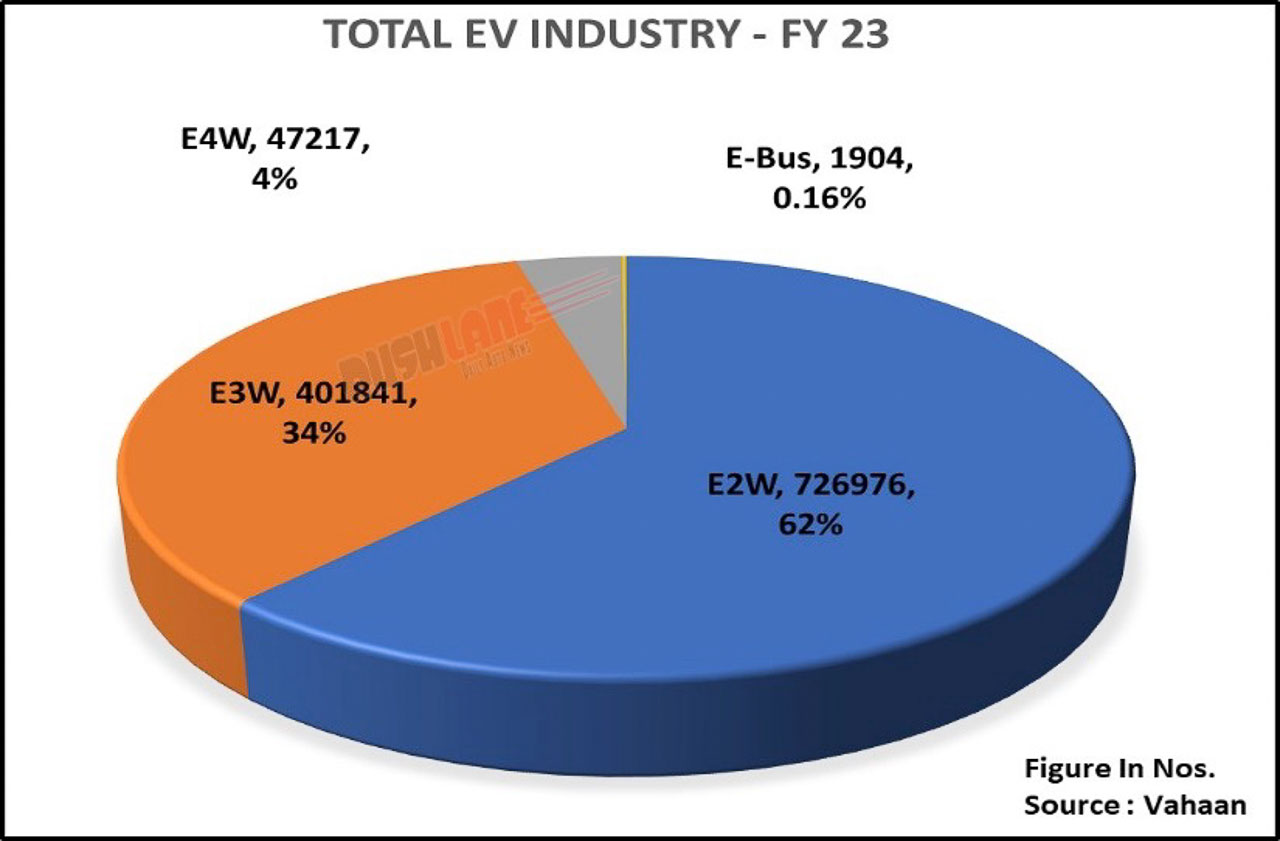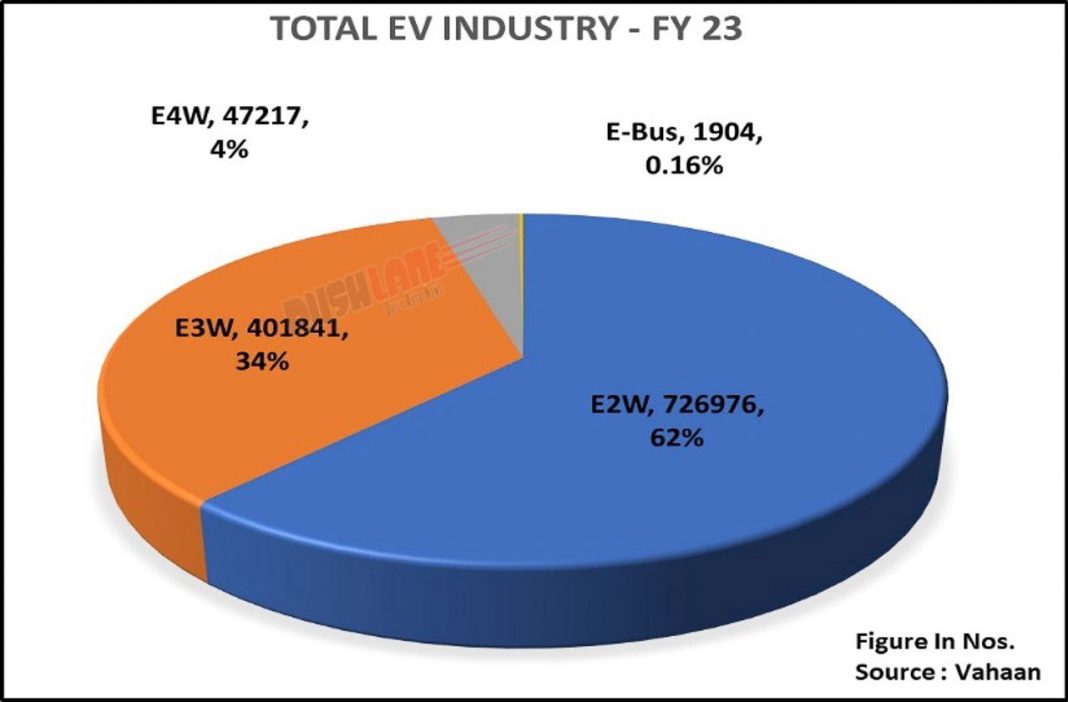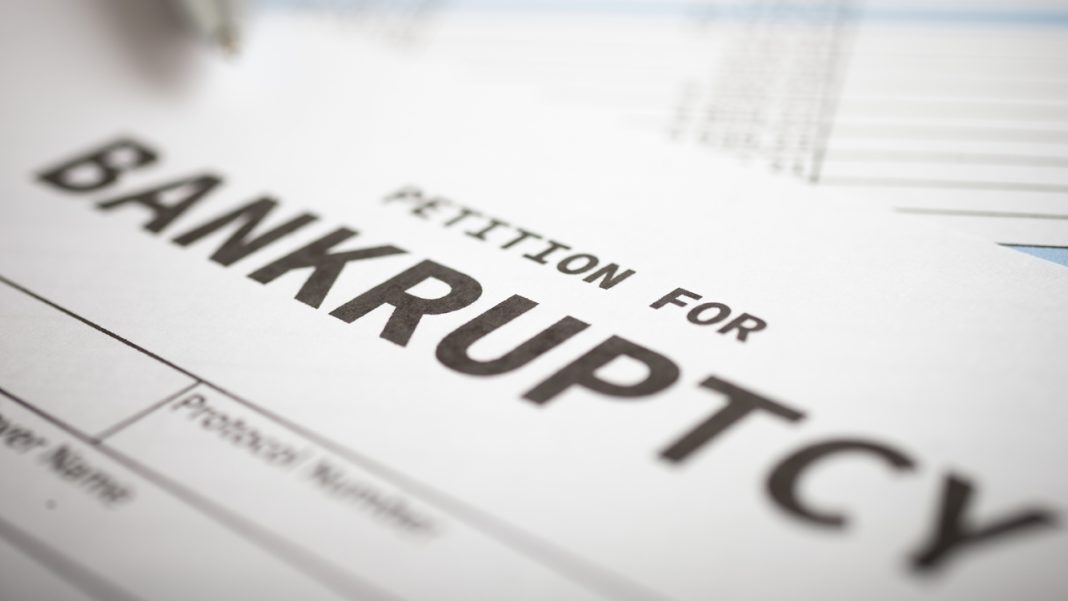 Henrik Fisker’s electric vehicle startup, Fisker, recently filed for Chapter 11 bankruptcy protection due to various problems, including lackluster consumer demand, cash burn, operational issues, and product issues. This comes as no surprise, as the company had previously expressed concerns about its ability to continue as a company earlier this year. The collapse of Fisker is just one example of a series of electric vehicle companies facing financial difficulties.
Henrik Fisker’s electric vehicle startup, Fisker, recently filed for Chapter 11 bankruptcy protection due to various problems, including lackluster consumer demand, cash burn, operational issues, and product issues. This comes as no surprise, as the company had previously expressed concerns about its ability to continue as a company earlier this year. The collapse of Fisker is just one example of a series of electric vehicle companies facing financial difficulties.
Other companies that have faced similar fates include Proterra, Lordstown Motors, and Electric Last Mile Solutions, all of which filed for bankruptcy after being backed by special purpose acquisition companies (SPACs). Companies like Nikola and Faraday Future have managed to stay afloat but are trading at less than $1 per share due to operational challenges and missed targets. These struggles highlight the challenges faced by EV companies beyond the success of industry leader Tesla.
One factor contributing to the downfall of these companies is slower-than-expected consumer adoption of electric vehicles. Despite the initial optimism surrounding EVs, costs have risen, and investor interest in companies other than Tesla has waned. Fisker, like many others, was driven by low interest rates and the enthusiasm of Wall Street. However, the reality of the market has not matched expectations.
Fisker’s strategy of partnering with Canadian auto supplier Magna to manufacture its Fisker Ocean SUV was intended to be an “asset-light” approach that would save the company money and allow it to focus on software development. While this strategy can be successful, the management of Fisker was deemed incompetent by industry experts. The company burned through cash and had to recall thousands of vehicles due to software issues.
The Chapter 11 filing reveals that Fisker owes millions to software and engineering companies such as Adobe, SAP America, and Manpower Group. The auto industry is capital-intensive, and when issues arise with vehicles, significant funds are required for resolution. Without additional revenue sources, such as internal combustion engines, it becomes challenging to sustain operations.
Fisker Group Inc., the company’s operating unit, has estimated assets of $500 million to $1 billion and liabilities of $100 million to $500 million. The company’s inventory at the end of last year was valued at $530 million, but only 4,700 out of the 10,000 produced Ocean EVs were sold in 2023.
For Henrik Fisker, this is not the first time he has faced bankruptcy with one of his car companies. His previous venture, Fisker Automotive, filed for bankruptcy protection in 2013. Both companies were highly anticipated and received significant funding, but they also faced quality problems and recalls. The first Fisker’s Karma had battery safety issues and fire risks.
While there are similarities between the two failed companies, one key difference is that the failure of the second Fisker does not come at the expense of taxpayers. The first company received a $529 million federal loan, of which $139 million was lost by the government. The second company was funded through Wall Street’s enthusiasm for SPACs and EVs.
In a statement, a Fisker spokesperson expressed pride in the company’s achievements but acknowledged that Chapter 11 was the best option given the market and macroeconomic challenges faced by the electric vehicle industry. Despite this setback, the spokesperson remains optimistic about the future, as Chapter 11 allows for a sale of the company’s assets and potential opportunities for recovery.

